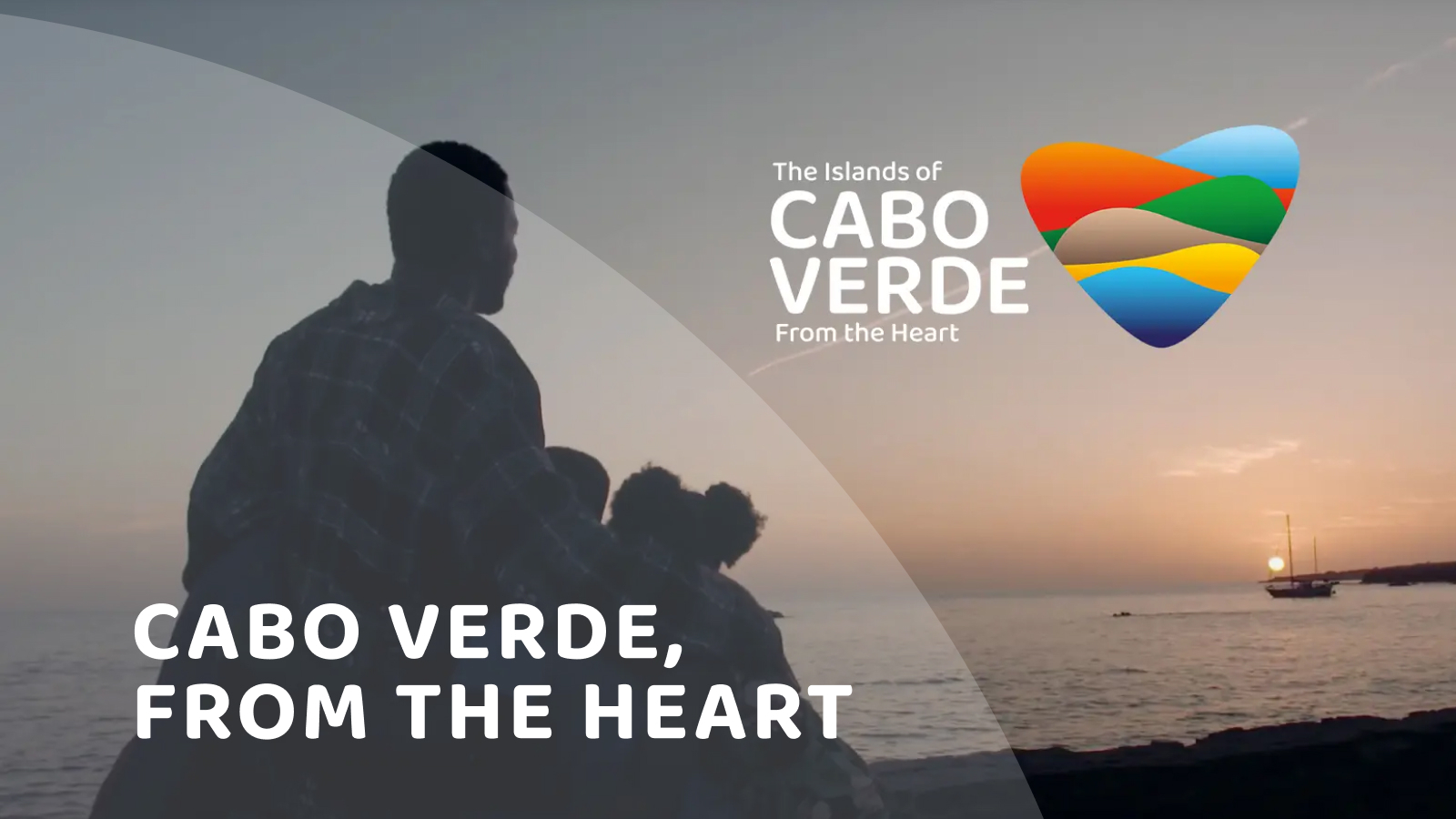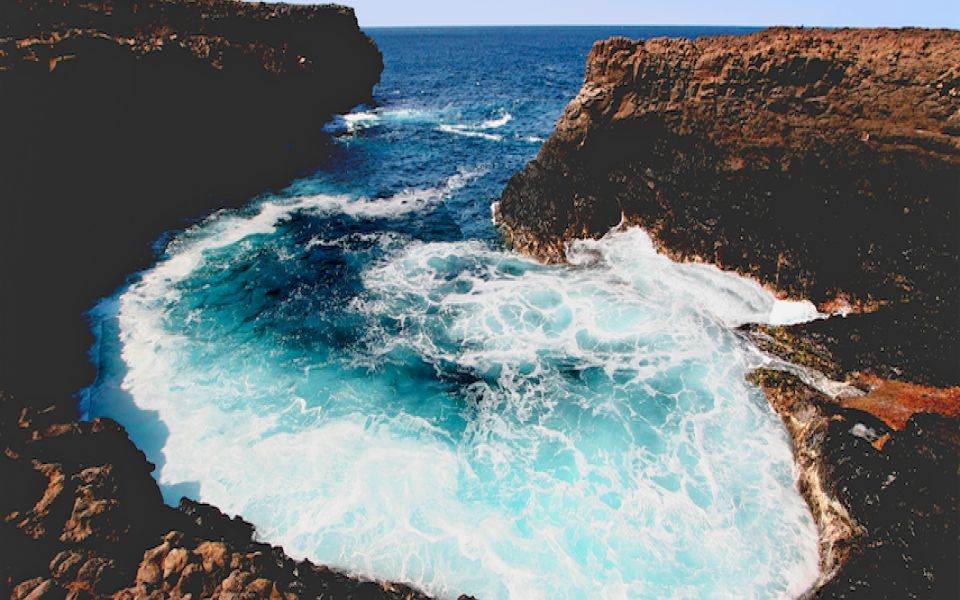About Cabo Verde
Cabo Verde: geography, history and culture

The islands, because they wanted to be ships, were shipwrecked between sea and sky".
The sentence is by Cabo Verdean writer Aguinaldo Fonseca and illustrates, with poetic lightness, the robustness of the people and the land, marked by centuries of colonialism, slavery, scarcity of resources and a demanding geographical position.
None of this silenced the morabeza, a gentle, attentive and welcoming way to receive those who arrive, to take care and to lead life.
This Cabo Verdean way is told in the greatness of its history, in the contrasts of the islands and in the richness of its mixed roots.
Geography and Geology

Millions of years ago, a dozen volcanic islands emerged by the side of Africa.
The terrain varies between the east islands, which are older, flat and sandy, and the west islands, which are newer and mountainous, rocky and irregular.
To prevent the accentuated loss of soil due to water and wind erosion, a plan for the reforestation of the islands has been underway since independence.
With an arid and semi-arid climate, moderate temperatures all year round, although few water courses, the islands live with frequent droughts, water scarcity and occasional torrential rains.
The Fogo Volcano and the natural parks are mandatory visits to better understand these islands.
History

The Cabo Verde archipelago was uninhabited and was discovered in 1460 by Portuguese explorers, at the service of King D. Afonso V.
Two years later, the settlement began.
For centuries, the islands stood out, due to their geographical position, as an important commercial center, supply and slave traffic for the routes that connected the European continent to Africa, Brazil and North America.
Portuguese dominance remained until the 20th century, when geographical and administrative distance became painful for Cabo Verdeans.
On the island of Santiago, the first capital of the archipelago, Cidade Velha, is an important point to learn more about Cabo Verde history.
People and culture

Cabo Verdeans have mixed ancestry of Africans, Portuguese, Italians, French, Spanish and Jews.
The five centuries of Portuguese colonialism deeply marked the islands, but African traditions and Creole identity are very present.
The country's culture is a unique blend of its European and African roots, something that is particularly noticeable in Cabo Verde's artistic production, whether literary or musical.
And the music is permanent.
Joy runs through the streets, nourishes the days of those who live here and fills the hearts of those who visit the archipelago and never forget the beat of mornas, funaná and batuque, mazurca and coladeras.
The climate in Cabo Verde

If you enjoy sunny days and pleasant temperatures, Cabo Verde is your destination.
Located in the Sahel region, between the arid Sahara desert and the humid tropical region to the south, the archipelago has an arid and semi-arid climate.
This geographical position results in a long dry season, which is interrupted by just 3 wetter months. In the so-called rainy season, the rains are concentrated in just a few days.
The islands with more rugged terrain, such as Fogo Island, Santo Antão Island and Santiago Island, benefit from greater rainfall. The result? Greenery springing up in landscapes that are full of life.
Gastronomy in Cabo Verde

Cabo Verde destaca-se por uma culinária vibrante que narra a sua rica história e a convergência de culturas que formam a identidade do arquipélago.
A gastronomia cabo-verdiana é um espetáculo de fusão, onde as tradições da costa ocidental africana se entrelaçam com as influências portuguesas, enriquecidas ao longo dos séculos por aromas e sabores do Oriente e do Brasil.
A essência da culinária cabo-verdiana manifesta-se na cachupa, o emblemático prato nacional, e estende-se a uma variedade de peixes, marisco e frutas vibrantes que seduzem os sentidos.
O milho revela a sua versatilidade em inúmeras receitas, em que cada prato é um convite para celebrar uma herança cultural que se renova, sem perder sua autenticidade.
